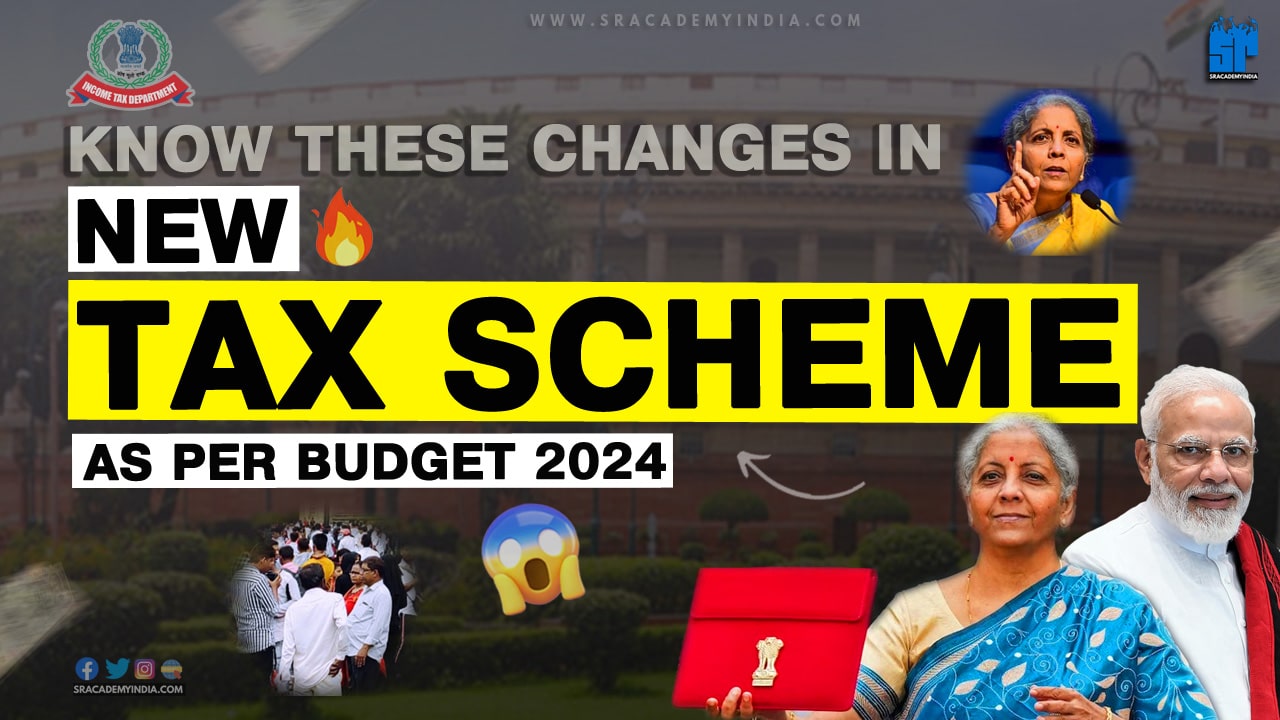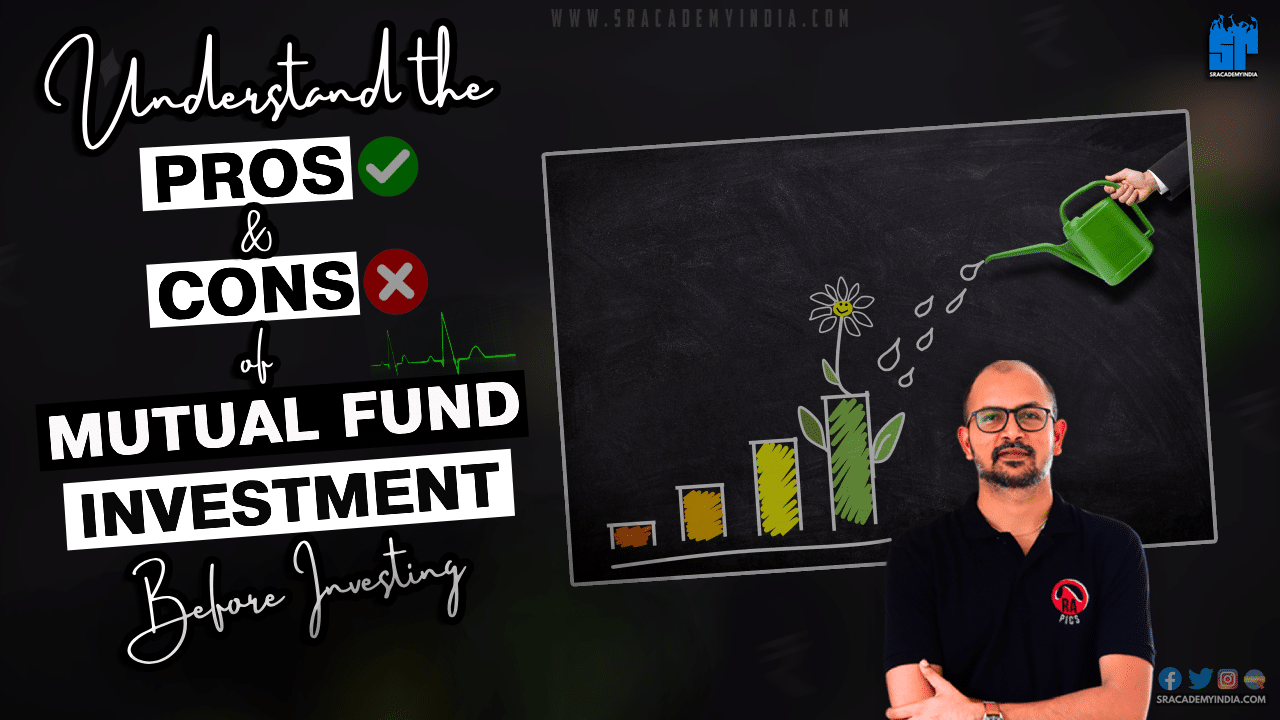Income Tax Rates are necessary to calculate your tax liability for any financial year. These rates are specified by the Income tax department from time to time. Each year depending on the Government policy, Govt may propose certain changes in the rates during the Budget session in the form of a Finance Bill.
Soon after the approval of the Finance Bill by both houses, these changes will become part of the Finance Act and thus be effective from the next financial year. For eg, any changes done in Budget 2023 will be effective from FY 2023-24 onwards unless otherwise mentioned.
In this article, let’s understand the Income Tax slab rates applicable for Individual taxpayers for FY 2023-24 i.e. AY 2024-25.
Introduction
Basics
To understand the rates and tax calculation effectively, you must familiarise yourself with certain tax terminology.
Income Tax – Tax determined either as per the slab rates (i.e. on Normal Income) or as per the fixed rates (i.e. on Special Incomes)
Rebate – Tax relief for Resident Individuals when their total income is up to 5 Lakh / 7 Lakh
Surcharge – Additional tax on Basic Tax when total income is beyond 50 Lakh
Health & Education Cess – Cess on Basic tax + Surcharge
Total Income – Gross Total Income less sec 10 exemptions less Chapter VI-A deductions
Total Tax liability – Basic Tax – Rebate (if applicable) + Surcharge (if applicable) + Health & Education cess
Tax calculation process
To understand the importance of tax rates in income tax calculation, we have mentioned the process of tax calculation below.
Step1:Choose your preferred Tax Scheme i.e. either the Old scheme or New Scheme
Step2: Bifurcate Total Income into Normal and Special Incomes and apply respective slab rates as per the preferred tax scheme
Normal Income – Any income other than Special Income & chargeable as per slab rates
Special Income – These are chargeable at fixed rates, unlike Normal Income. Eg: STCG/LTCG on sale of equity shares, LTCG on sale of immovable property & Income from lotteries and gaming etc.
Step3: Check for Rebate and Surcharge applicability and adjust for the respective component
Step4: Add HEC and arrive at the final tax liability
By following the above-mentioned 4 steps, you can easily determine your total tax liability. We will discuss in detail about the tax calculation in another article, but for the time being, we will focus on income tax rates alone.
Now let’s see how will be the tax rates under both schemes.
Income Tax
1. Rates under the Old Tax Scheme
(a) For Resident Individuals or Non-Resident (age below 60 years)
| Total Income* | Income Tax |
|---|---|
| Upto Rs. 2.5 Lakh | Nil |
| From Rs. 2.5 Lakh to Rs. 5 Lakh | 5% on the amount exceeding Rs. 2.5 Lakh |
| From Rs. 5 Lakh to Rs. 10 Lakh | Rs. 12,500 + 20% on the amount exceeding Rs. 5 Lakh |
| More than Rs. 10 Lakh | Rs. 1,12,500 + 30% on the amount exceeding Rs. 10 Lakh |
(b) For Resident Senior Citizens (age 60 – 80 years )
| Total Income* | Income Tax |
|---|---|
| Upto Rs. 3 Lakh | Nil |
| From Rs. 3 Lakh to Rs. 5 Lakh | 5% on the amount exceeding Rs. 3 Lakh |
| From Rs. 5 Lakh to Rs. 10 Lakh | Rs. 10,000 + 20% on the amount exceeding Rs. 5 Lakh |
| More than Rs. 10 Lakh | Rs. 1,10,000 + 30% on the amount exceeding Rs. 10 Lakh |
(c) For Resident Super Senior Citizens (age 80 years or more )
| Total Income* | Income Tax |
|---|---|
| Upto Rs. 5 Lakh | Nil |
| From Rs. 5 Lakh to Rs. 10 Lakh | 20% on the amount exceeding Rs. 5 Lakh |
| More than Rs. 10 Lakh | Rs. 1,00,000 + 30% on the amount exceeding Rs. 10 Lakh |
*Total Income = Gross Total Income less sec 10 exemptions less Chapter VI-A deductions
Note: 1. Enhanced limits of 3 Lakh & 5 Lakh mentioned in categories b & c will not be applicable for Non-Resident Senior Citizens / Non-Resident Super Senior Citizens respectively. For such individuals, the basic exemption limit is ONLY Rs. 2,50,000.
2. And slab rates applicable for such “Non-Resident Senior Citizens & Non-Resident Super Senior Citizens” are rates specified in category (a).
2. Rates under New Tax Scheme
The new tax scheme is a concessional tax scheme introduced in Budget 2020. Initially, this scheme was only for Individuals & HUF, but from FY 2023-24 onwards AOP, BOI & AJP (other than co-op society) are also eligible to opt into this scheme.
But whenever you opt for this scheme, you may need to forego certain exemptions and deductions which are otherwise available under the old scheme.
Tax rates under the New Tax scheme for FY 2023-24 are as follows:
For all Individuals (irrespective of their age)
| Total Income* | Income Tax |
|---|---|
| Upto Rs. 3 Lakh | Nil |
| From Rs. 3 Lakh to Rs. 6 Lakh | 5% on the amount exceeding Rs. 3 Lakh |
| From Rs. 6 Lakh to Rs. 9 Lakh | Rs. 15,000 + 10% on the amount exceeding Rs. 6 Lakh |
| From Rs. 9 Lakh to Rs. 12 Lakh | Rs. 45,000 + 15% on the amount exceeding Rs. 9 Lakh |
| From Rs. 12 Lakh to Rs. 15 Lakh | Rs. 90,000 + 20% on the amount exceeding Rs. 12 Lakh |
| More than Rs. 15 Lakh | Rs. 1,50,000 + 30% on the amount exceeding Rs. 15 Lakh |
*Total Income = Gross Total Income less sec 10 exemptions less Chapter VI-A deductions
Rebate
Rebate is a tax relief available for Resident Individuals with income up to Rs. 5 Lakh. In such case, either 100% of income tax or Rs. 12,500 whichever is less is allowed as a Rebate under sec 87A.
Till FY 22-23, the rebate limit is the same, which is Rs. 5 Lakh under both the New and Old scheme as well. But from FY 23-24 onwards, the rebate limit under the new scheme is enhanced to Rs. 7 Lakh.
So, if you are Resident Individual and your total income (i.e. Gross Total Income less deductions from Sec 80C to 80U) is less than or equal to Rs. 5 Lakh / 7 Lakh then your tax liability for the relevant financial year is ZERO provided you are not having any special incomes.
| Tax Scheme | When Rebate is available | Eligible Reate u/s 87A |
|---|---|---|
| Old Scheme | Income is up to Rs. 5 Lakh | Lower of 100% of Income Tax and Rs. 12,500 |
| New Scheme | Income is up to Rs. 7 Lakh | Lower of 100% of Income Tax and Rs. 25,000 |
Surcharge
It is an additional tax levied when the total income is beyond 50 Lakh. Surcharge rates under both schemes are the same till FY 22-23. But as per Budget 2023, from FY 23-24 onwards maximum surcharge that can be levied under the new scheme is only 25%.
So whoever opts for the new tax regime from FY 23-24 onwards, if their income is beyond 2 crores then the maximum surcharge is capped at 25% only, instead of 37%.
Surcharge rates are as follows:
| Total Income | Surcharge in Old scheme | Surcharge in New Scheme |
|---|---|---|
| From Rs. 50 lakh to Rs. 1 crore | 10% of Income Tax | 10% of Income Tax |
| From Rs. 1 crore to Rs. 2 crore | 15% of Income Tax | 15% of Income Tax |
| From Rs. 2 crore to Rs. 5 crore | 25% of Income Tax | 25% of Income Tax |
| More than Rs. 5 crore | 37% of Income Tax | 25% of Income Tax |
Note: For any assessment year, either a Rebate or Surcharge is only applicable. If a Surcharge is applicable, marginal relief can be claimed.
Marginal Relief
When a surcharge is applicable, an individual can claim marginal relief (which is a kind of deduction from the surcharge) which is as follows:
| Total Income | Marginal Relief |
|---|---|
| More than Rs. 50,00,000 | Total income tax including surcharge on such income shall not exceed the amount of income tax payable on total income of Rs. 50,00,000 by more than the amount of income that exceeds Rs. 50,00,000 |
| More than Rs. 1 crore | Total income tax including a surcharge on such income shall not exceed the amount of income tax payable on total income of Rs. 1 crore by more than the amount of income that exceeds Rs. 1 crore |
| More than Rs. 2 crore | Total income tax including a surcharge on such income shall not exceed the amount of income tax payable on total income of Rs. 5 crores by more than the amount of income that exceeds Rs. 5 crore |
| More than Rs. 5 crore | Total income tax including a surcharge on such income shall not exceed the amount of income tax payable on total income of Rs. 50,00,000 by more than the amount of income that exceeds Rs. 50,00,000 |
Health & Education Cess
It is a cess which is 4% of Income Tax and Surcharge (If applicable).
Conclusion
After determining each component as mentioned above, you need to calculate your total tax liability as follows:
Total tax payable = Income tax – Rebate + Surcharge (if applicable) + Health & Education Cess
Finally, any credit for TDS/TCS should be adjusted against total tax liability and any balance has to be remitted by using proper challans before proceeding with Income Tax Return (ITR) filing.
Hope you enjoyed reading this article, thanks for your time. Any queries, pls post them in the comments below.
(Disclaimer: All the content in the article is for general information only. Any advice or suggestion by the author should not be construed as legal opinion)





